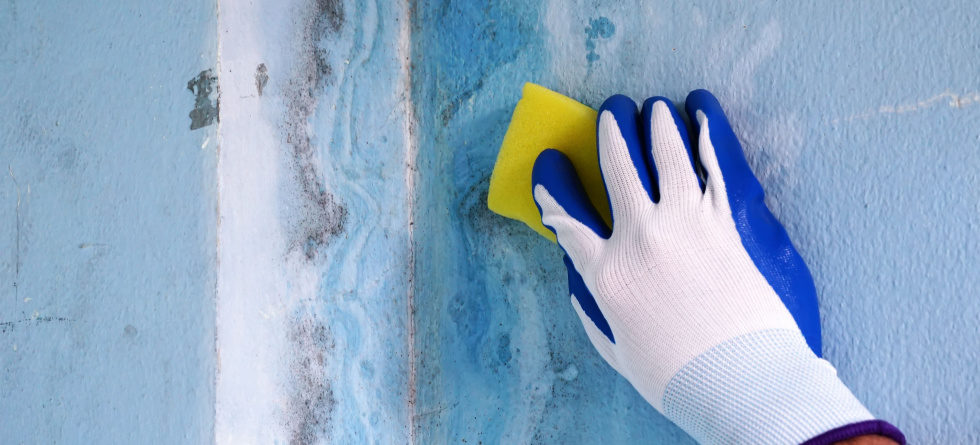Painting your walls can transform the look and feel of your space, but what if your walls are less than pristine? Is it acceptable to paint over dirt and grime, or should you clean them first? Let’s delve into this common question to provide clarity and guidance for achieving professional-looking results.
The Importance of Clean Walls
Before applying a fresh coat of paint, ensure that your walls are clean and free of dust, dirt, grease, and other contaminants. Painting over dirty walls can result in poor adhesion, uneven finish, and premature paint failure. Investing time in proper wall preparation equals a successful paint job.
Dos and Don’ts of Painting Over Dirty Walls
Do
- Clean the Walls Thoroughly – Use a mild detergent solution and warm water to wash the walls, focusing on areas with visible dirt, grease, or stains. Rinse the walls with clean water and allow them to dry completely before painting.
- Repair Surface Imperfections – Patch any holes, cracks, or imperfections in the walls with spackling compound and sand them smooth once dry. This ensures a smooth and uniform surface for painting.
- Use Primer if Necessary – If your walls are particularly dirty, stained, or porous, applying a primer before painting can improve adhesion and coverage. Choose a primer suitable for the surface material and the type of paint you’ll be using.
Don’t
- Paint Over Mold or Mildew – If you discover mold or mildew on your walls, address the issue before painting. Clean the affected areas with a mixture of bleach and water, rinse thoroughly, and allow the walls to dry completely. Consider using a mold-resistant primer and paint to prevent future growth.
- Skip Cleaning Steps – Avoid the temptation to skip the cleaning step, even if the walls appear relatively clean. Dust and residue can still be present, hindering paint adhesion and compromising the quality of the finish.
- Neglect Surface Preparation – Proper surface preparation is key to a successful paint job. Skipping important steps such as cleaning, repairing, and priming can lead to unsatisfactory results and the need for repainting sooner than expected.
While it may be tempting to paint over dirty walls to save time and effort, the importance of proper surface preparation cannot be overstated. By following the dos and don’ts outlined above, you can ensure a smooth and durable finish that enhances the beauty of your space. Investing in thorough wall cleaning and preparation upfront will pay off in the long run with professional-looking results that stand the test of time.
Have you ever painted over dirty walls? What was your experience, and what tips would you share with others? Share your thoughts in the comments below!


Leave a Comment